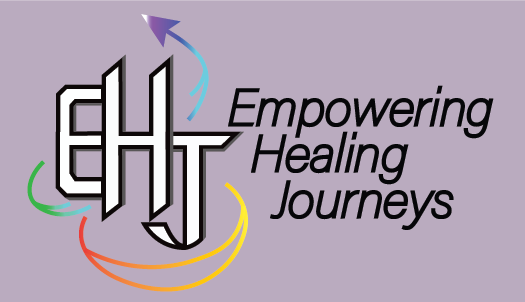What we think we can or cannot do reinforces how our minds restrict our potential to ourselves. In one of the Awareness Through Movement (ATM®) lessons taught at the Amherst training in 1981, Dr. Feldenkrais introduced a movement in a lesson that seemed impossible to do initially but, by moving slowly and delicately, the impossible became possible for many students.
The movement begins by lying supine on the floor with the right leg standing, the left leg is long, lies on its side slightly bent in the knee. The left arm lies alongside the body palm up, and the palm of the right hand rests on top of the head. The movement is to slide the sole of the standing right foot on the floor around the left leg and foot to the left to place the sole of the right foot in the palm of the left hand and stand the right leg in the left palm. As the right leg is moving to the left, the right hand translates the back of the slightly lifted head along the floor to the right. This movement requires the left side of the ribcage to soften and open so that the entire ribcage can side bend to the right.
If the movement is done quickly or by force, the ribcage becomes rigid wherever it is tight and the right foot would never reach the left hand, much less stand on it. If the breathing is arrested during the movement, the ribcage becomes rigid too. By letting go of any preconceived ideas that the ribcage is permanently fixed, stuck or tight, and by moving delicately and slowly, the spaces between the ribs on the left side are coaxed to open one by one like an accordion and the movement becomes possible, easy and fun.
It’s interesting to examine where our minds wander to during an ATM® lesson, especially when presented with difficulty. Do you stay in the present moment and allow your biases or beliefs to influence your exploration of what may be possible? Do you fixate on what you can do and repeat that over and over again expecting a change to magically happen? Do you picture yourself doing the movement in your mind before trying it physically? Do you speed through the portion of the movement where you experience difficulty because you don’t have an awareness of that part of your body?
Everyone approaches ATM® lessons their own way, and no approach is “correct”, except for whatever works for each person. The lessons are templates for “guided self-discovery” and that in itself takes patience to learn without the usual litany of internal judgements, comparisons to others, self-doubt, or self-criticism that interfere with learning. But all these interfering thoughts were packaged with how we’ve been taught to learn in our formal education. It’s OK to let them go if they aren’t helpful. When you are able to do something that you once considered impossible, it’s a surprise that brings a smile to your face of absolute wonder. It’s the “Aha!” moment similar to what it felt like when you tied your shoelaces your way without help for the first time. The opportunity to feel this wonder again is present in each ATM® lesson.

